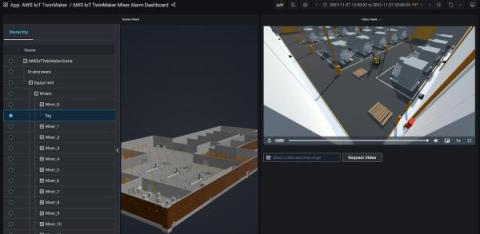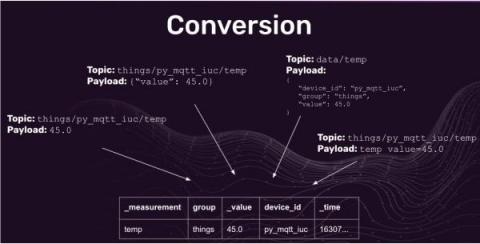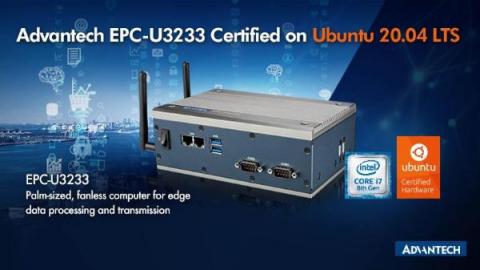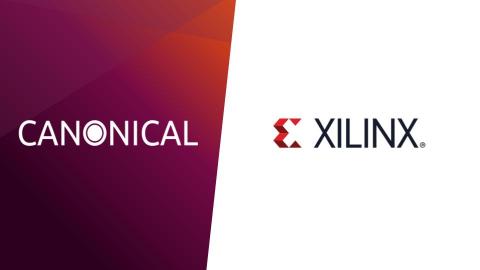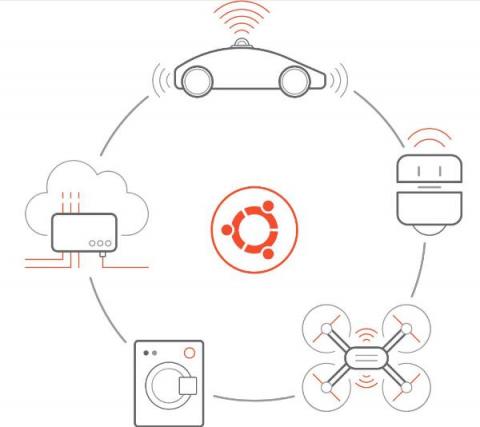IoT's Importance is Growing Rapidly, But Its Security Is Still Weak
The weakest link in most digital networks is the person sitting in front of the screen – the defining feature of the Internet of People (IoP). Because that’s where, through cunning and manipulative tactics, unsuspecting recipients can be tricked into opening toxic links. Little do they know, however, they’ve unwittingly opened the gates to digital catastrophe. Of course, I have nothing against people. In fact, some of my best friends are people!



